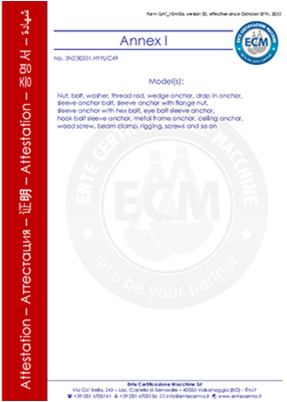aug . 13, 2024 05:14 Back to list
Exploring the Design and Applications of Standard Hex Nuts in Mechanical Engineering and Construction
Understanding DIN 934 The Essential Hexagon Nut Standard
The DIN 934 standard is a crucial specification in the world of engineering and manufacturing, particularly in the fields of construction, automotive, and machinery production. This standard defines hexagon nuts that are used in conjunction with bolts and screws to secure components in various applications, ensuring stability, safety, and durability.
Overview of DIN 934
DIN 934 is part of the Deutsches Institut für Normung (German Institute for Standardization) suite of standards. Specifically, it outlines the dimensions, tolerances, and materials of hexagon nuts. Hexagon nuts are characterized by their six flat sides, allowing for easy gripping and rotation during installation. They are primarily used to fasten bolts and screws, facilitating secure connections in numerous applications.
The standardization provided by DIN 934 means that manufacturers worldwide can produce hexagon nuts that conform to a consistent set of specifications. This is essential for ensuring interoperability and reliability in various engineering sectors. The standard specifies not only the dimensions—such as height, width across flats, and thread diameter—but also the material grades, ensuring that the nuts can withstand the forces and stresses they will encounter in use.
Understanding DIN 934 The Essential Hexagon Nut Standard
The DIN 934 standard outlines several material grades that hexagon nuts can be made from. Common materials include carbon steel, stainless steel, and alloy steel. The choice of material is crucial as it affects the nut's resistance to corrosion, temperature fluctuations, and overall mechanical strength. For example, stainless steel nuts are preferred in environments exposed to moisture and corrosive substances due to their excellent corrosion resistance.
din934

Each material is graded according to specific mechanical properties. For instance, Grade 8 nuts, typically made from carbon steel, have high tensile strength and are suitable for heavy-duty applications, while lower grades may be used for lighter tasks. Understanding these grades helps engineers and architects choose the right components for their projects.
Applications and Importance
Hexagon nuts defined by the DIN 934 standard are ubiquitous across many industries. In construction, they are vital for securing structural elements like beams and columns. In the automotive sector, they play a key role in assembling crucial components where safety is paramount, such as in wheel hubs and engine mounts. Likewise, in machinery and equipment manufacturing, hexagon nuts are integral to assembling moving parts that require precise alignment and tight fastening.
The importance of adhering to standards like DIN 934 cannot be overstated. Properly manufactured and standardized nuts prevent failures that could lead to catastrophic accidents. For instance, a loose nut in a mechanical assembly could result in machinery breakdown, loss of function, or even personal injury. Hence, using DIN 934-compliant nuts is not just a matter of regulatory compliance; it is essential for safety and performance.
Conclusion
In conclusion, DIN 934 plays a vital role in standardizing hexagon nuts, ensuring that they meet specific dimensions, tolerances, and material grades necessary for their varied applications. By facilitating the production of reliable and interoperable fastening components, DIN 934 enhances safety and efficiency across several industries, from construction to automotive and beyond. As technology and engineering further evolve, standards like DIN 934 will continue to be fundamental in fostering innovation while ensuring the highest safety and performance standards are met.


